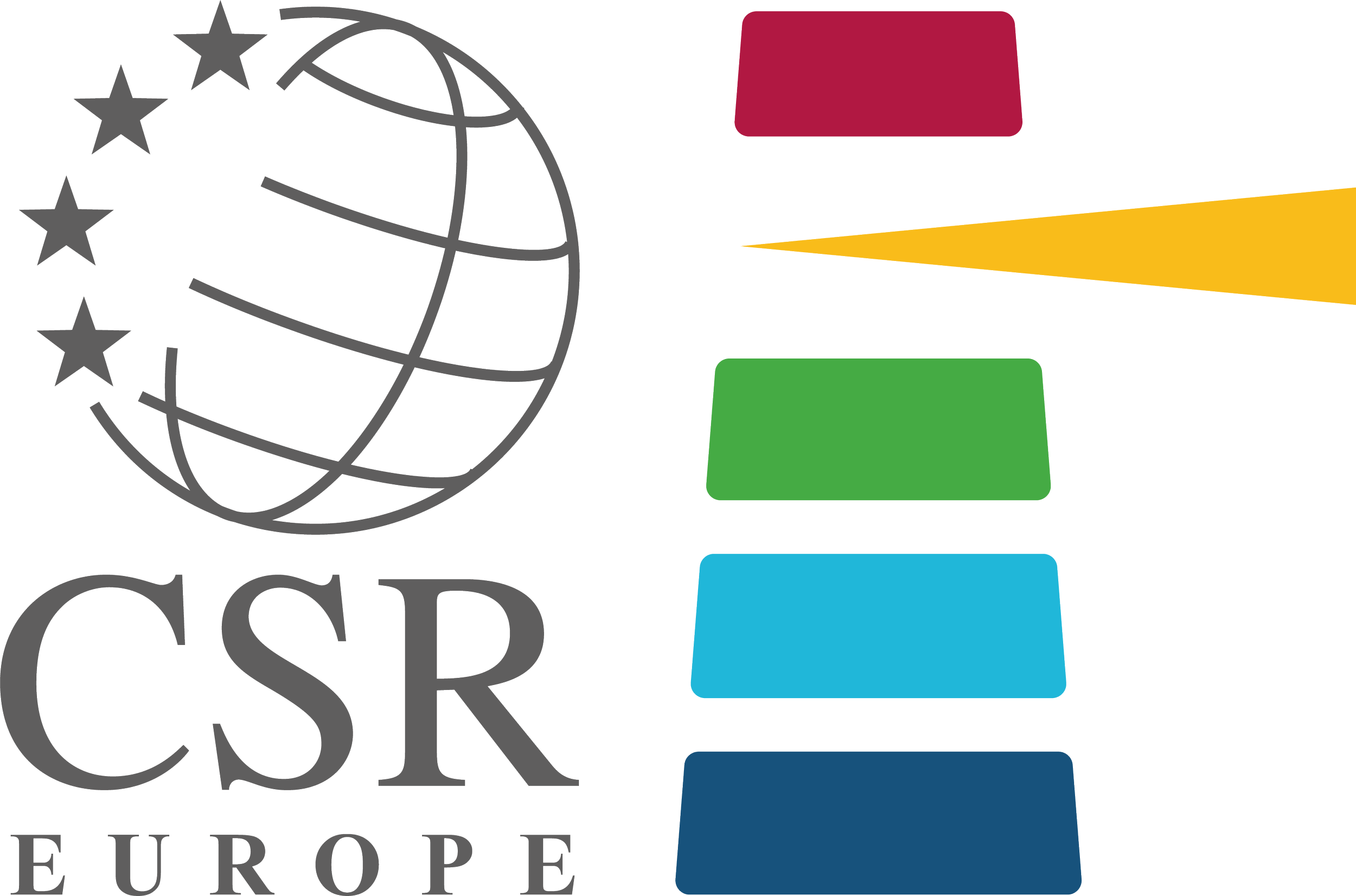CSR Europe and Leonardo Launch New Think Tank on Composite Materials
On 29th April the “New Materials and Circular Economy Accelerator” hosted its first Working Group meeting.
The Think Tank aims at increasing the circularity of composite materials, including carbon fibres, used in the production of aircraft, cars, and wind blades.
On 29th April, CSR Europe launched the Think Tank “New Materials and Circular Economy Accelerator” in collaboration with Leonardo, the global high-tech player in Aerospace, Defence and Security. The event brought together high-level experts from companies operating in a wide array of sectors, associations, and academia for the first working group meeting. Participants took stock of challenges, opportunities, and key learnings available to increase the circularity of composite materials, including carbon fibres, used in the production of aircraft, cars, and wind blades.
“Composite materials represent a significant opportunity from a circular economy perspective: valuable materials with significant environmental footprint and a broad range of applications. After launching several vertical initiatives, we have decided to go for a holistic approach, bringing at the table Companies, Universities and Associations to work together to shape the circular future of composites”, says Renata Mele, Senior Vice President Sustainability at Leonardo.
The reduction of the environmental impact of advanced materials will play an important role in the future, especially for the aerospace, automotive, wind energy, construction, and marine sectors. In support of Europe’s transition to climate neutrality by 2050 and the efforts made by the European Commission to ensure sustainable production and consumption with the Circular Economy Package, the Think Tank aims at developing sustainable circular approaches for composite materials remains.
The very same properties that make composites ideal for many applications, make their end-of-life (EoL) treatment challenging and costly. Separation of fibre and matrix is difficult, due to the covalent bonds created in the polymer chemical structure. The use of fillers and additives that provide additional properties increases this difficulty even more.
Solutions to accelerate the circular economy can come from three main dimensions: technological means, market/business activities and policy through legislation and regulations. These can target one or more of the circular economy approaches/principles, and be employed in various steps in a FRP component’s lifetime, from material and article design, to EoL treatment. These areas will represent an opportunity to further support circular transition for the working group.
In the coming months the group will work towards the publication of a practical Blueprint that will be presented at the European SDG Summit 2022, taking place on 10-12 October.
For more information:
Project Manager
RELATED NEWS







